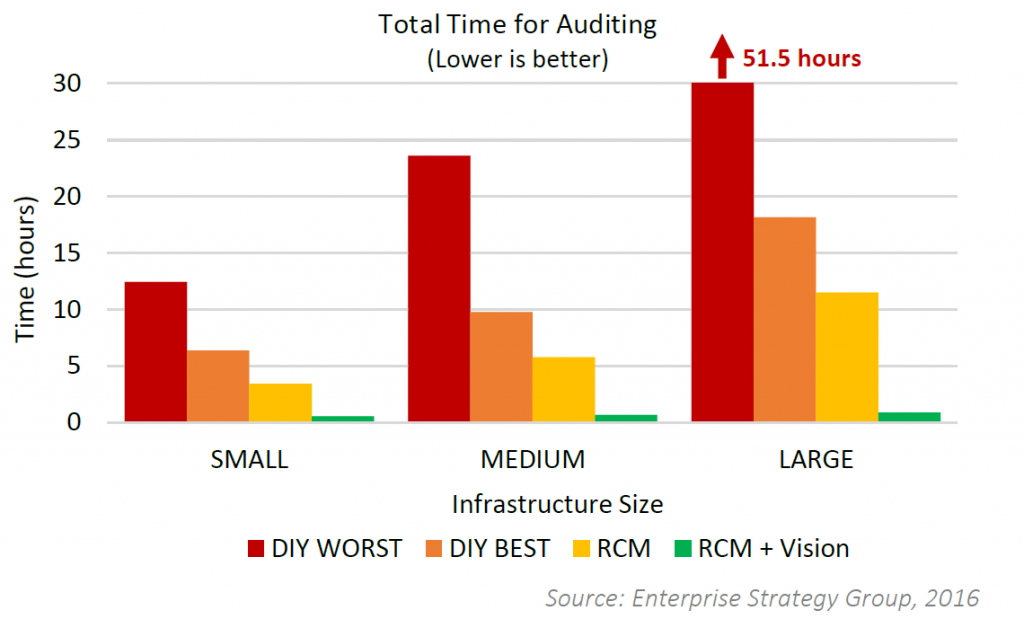I remember when ATM’s first arrived on the scene. A lot of people dismissed the idea. “Why do I need that?” they’d snarl.
They just couldn’t see beyond the status quo. Payroll would hand out paychecks on Thursday night, workers would rush to the bank at Friday noontime — or on Saturday morning — and stand in line to get the cash. If they missed the banking window — or ran out of cash half way into the weekend — then they were out of luck.
Everybody was so accustomed to the status quo, they didn’t even know that they had a problem.
IT Operations’ Status Quo
Similarly, the infrastructure patching and upgrade chore is a big problem that many IT organizations just accept. “It’s the way we’ve always done things. There’s no avoiding it.”
Typically, IT staff spends weeks planning firmware upgrades across their servers, storage and network technologies. Adding virtualization software upgrades adds more complexity. Siloed teams of system administrators and engineers can drag this out to months of planning.
Then there’s the cost of the equipment and the time it takes to find and test the interoperability of the releases.
A recent study by ESG Lab shines a light the problem — and the solution — by wall-clock benchmarking the whole process of patching and upgrading traditional “Do It Yourself” infrastructure versus modern, engineered and manufactured Dell converged infrastructure.
The study measured the typical phases of the process:
- Audit – Where are my components? What revs are they on? What needs to be updated?
- Research – Should I do the update? How will it impact other components? Intermediate revs? Prerequisites?
- Plan – What is the component upgrade order? Who will it impact? Do I need professional services?
- Download and Stage – Where do I get the updates? How big are the files? Where should they get stored?
- Update – How long will the component be unavailable? Will there be downtime?

Dell shatters the status quo with its regularly scheduled delivery of pre-tested, interoperable firmware and software releases (called the Release Certification Matrix or RCM) and VCE Vision Intelligent Operations Software (which automates various phases in the process).
ESG Lab benchmarked the process for types of “build versus buy” infrastructure:
- DIY (Do It Yourself) Worst (i.e., integrate and build multi-vendor gear)
- DIY Best Case (i.e., build with a vendor reference architecture)
- Converged System with RCM
- Converged System with RCM and VCE Vision Software.
The benchmark numbers were astounding.
For example, in the Audit Phase alone, the Dell Converged Systems for the VCE Vision Software scenario was 6 to 22 times faster than the DIY infrastructure.
Modern infrastructure beats the status quo in other patch and upgrade phases, too.
Time saved means that you can patch and upgrade more often (and improve infrastructure) and spend more time doing other things (what the business wants).
See for yourself.
Go to www.VCE.com/vision and download the report.